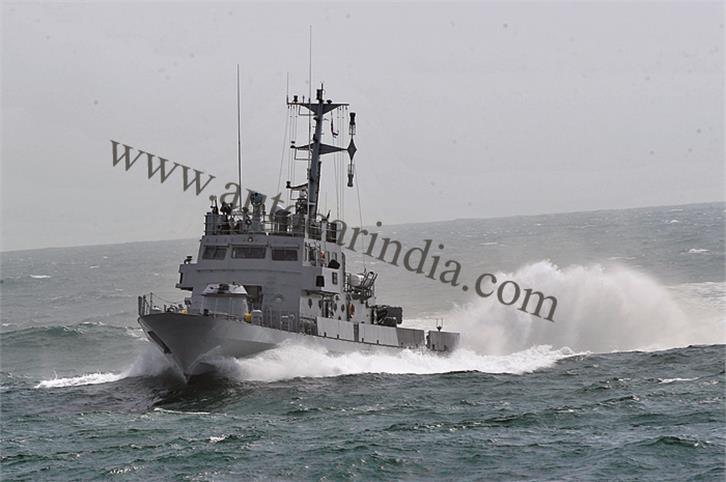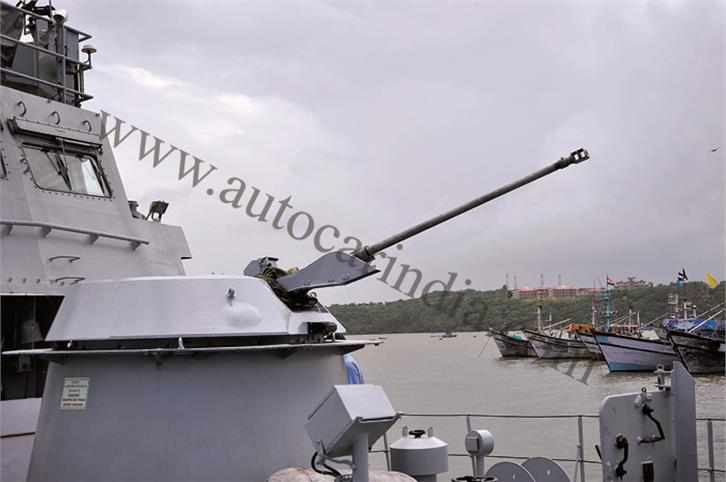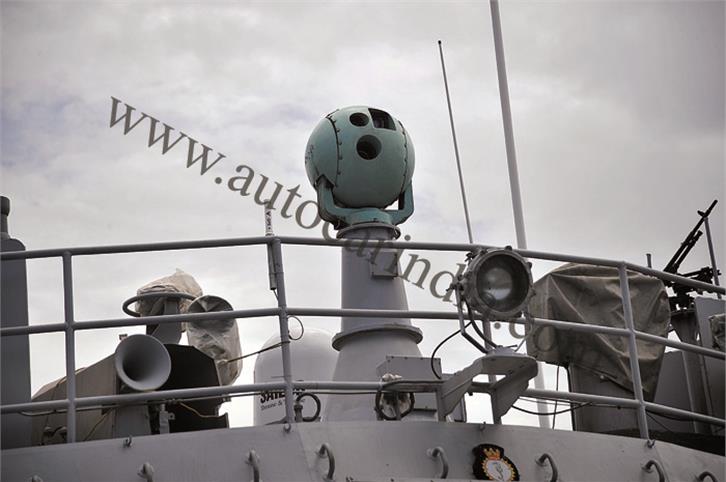Water Jet Fast Attack Craft review
To celebrate Navy week, we bring you an exclusive test of the Water Jet Fast Attack Craft.
Published on Dec 05, 2012 11:28:00 PM
20,405 Views
Follow us on



To fully understand what the Cankarso is all about, you need a few kilometres of open sea, a strong stomach and a firm hand on the throttles. Push them wide open and, along with a discharge of more froth than a beer factory from the rear, the nose of the boat slowly inches up. The deep rumble of the diesel engines turn harder edged, you can feel the sea rushing past much faster, and as harbour gives way to open sea, the jet-propelled boat starts riding the crests of the big swells like a giant sea monster.
Down in the engine room the noise is deafening; like Thor, god of thunder, is screaming in pain after stubbing his toe. The turbos whine in anger like a tempest gone mad, 48 massive cylinders, each displacing four litres, continue to churn, and still the Cankarso gathers pace.
Acceleration, as you can imagine, is pretty gradual. The seas were really rough the day we were on board, so we only hit a max speed of 53kph, with the Cankarso taking approximately 400 seconds to get there. Sure, the grey Ferraris are unlikely to hold a candle to the red ones, but the pace is nevertheless very impressive.
But while Ferrari may prefer V12s, the Cankarso uses a team of three V16 diesels. If the sea was calm, we could have pushed the boat all the way up to its 35-knot top speed. Don’t think that’s fast? Try and imagine your apartment building going past you at 65kph and the momentum it would be carrying. Manufactured in Ranchi under license from MTU of Germany (a company owned by Daimler and founded by Wilhelm Maybach), each of these 16V 4000 M90 common-rail diesels puts out 3650bhp, the power sent to the water jets at the rear by individual driveshafts. The 4000 in the name stands for the cubic capacity – of each cylinder. Each engine has two sequential turbochargers and, add up the power, and you get a total of 11,000bhp; quite a serious amount, you’ll agree.
Other auto industry references include a single-speed ZF gearbox, cylinder deactivation that turns the V16s into V8s to save fuel, and a single, all-encompassing ECU. The biggest difference between these engines and the ones used in cars is that these use sea water for cooling, so there are no radiators and no large fans either.
Final transmission of power is handled by the three Hamilton HM811 water jets. Driveshafts connected to a centrifugal pump draw water in through an intake at the bottom of the hull. Water under pressure is then forced back through a nozzle and this is what provides thrust. With the use of a reversing bucket (the official name is ‘split-duct astern deflector’), reverse thrust can also be achieved. It’s clever, it isn’t too complicated and, most importantly, it needs less maintenance than a regular propeller-rudder combination.
Copyright (c) Autocar India. All rights reserved.


Comments
Member Login
Personal Details
No comments yet. Be the first to comment.